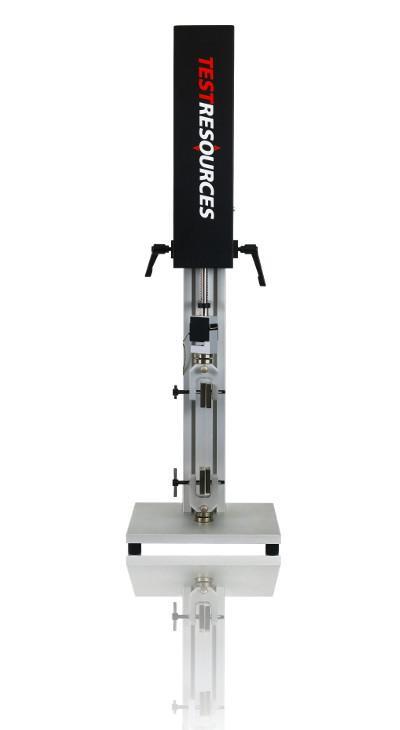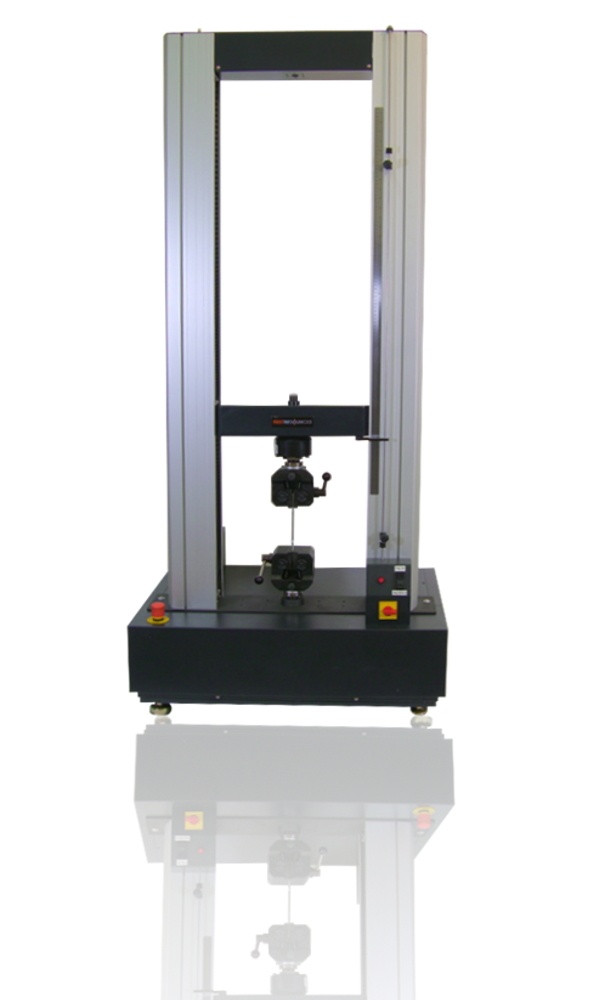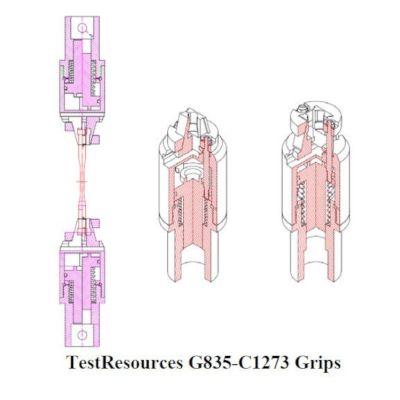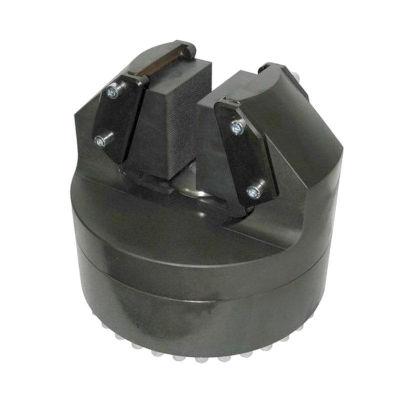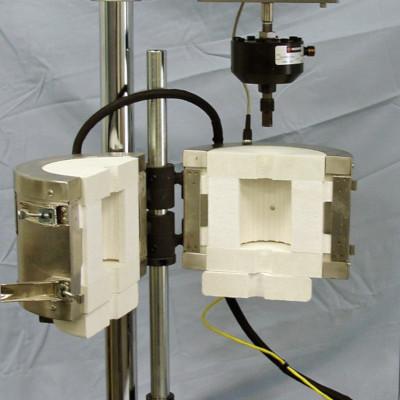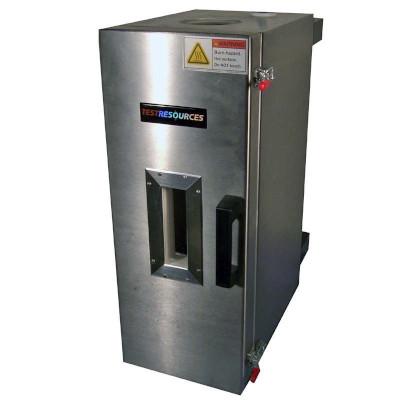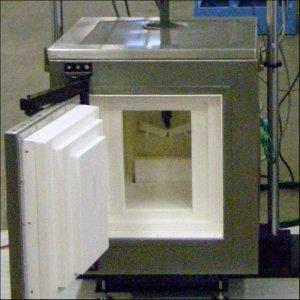
Advanced engineering ceramics have a number of material properties that have made them one of the most important classes of engineering materials. Ceramics have an extremely high elastic modulus, maintain consistent performance at elevated temperatures, and have great resistance to wear and corrosion, which has contributed to their widespread use as bearing surfaces, heat resistance, and insulation applications. The ability for ceramics to perform at high temperature has made them the go to material for high end automobile brake rotors and pads, space re-entry vehicle heat shields, and ball bearings in high speed and high temperature applications. The use of fiber reinforcement with a ceramic matrix provides an increase in tensile strength and fracture resistance, making ceramics a viable material for structural applications. The system shown is designed to produce controlled temperatures to 3100F and the ability to perform creep and modulus of rupture tests on ceramic materials. ASTM and ISO have developed standard test methods to aid in the proper testing of the wide variety ceramic materials. These tests address the various applications of ceramic materials and environments in which they will be used. Popular standards for testing ceramic materials at high temperatures are ASTM C1291 for tensile creep of monolithic ceramics, ASTM C1337 for tensile creep of continuous fiber reinforced ceramics, ASTM C1359 for rectangular shaped continuous fiber reinforced ceramics, ASTM C1366 for monolithic ceramics, and ISO 22215 for tensile creep of monolithic and particulate reinforced ceramics.
Applicable Testing Standards
- ISO 22215 Tensile Creep Ceramics Test Equipment
- ASTM C1291 Tensile High Temperature Ceramics Test Machine
- ASTM C1337 Tensile Creep Ceramics Elevated Temperatures Test Machine
- ASTM C1359 Tensile Fiber Reinforced Ceramics Test Machine
- ASTM C1366 Tensile Ceramics Elevated Temperatures Test Machine
Recommended Test Machine
Forces up to 10 kN (2,250 lbf)
Low force tabletop systems
Modular series of five frame options with adjustable test space
Affordable testing option for tension, compression, bend, peel and much more
Force range of 5 kN to 600 kN (1,125 lbf to 135,000 lbf)
Adjustable test space
The most popular choice for static tension and compression tests
These dual column testers are available in both tabletop and floor standing models
Recommended Testing Accessories
Satisfies the requirements of ASTM C1273
Designed to grip cylindrical test specimens
Wedge design self-tightens to avoid specimen slippage
Satisfies the requirements of ASTM C1359
Static rating of 75 kN (16,875 lbf)
Fatigue rating of 50 kN (11,250 lbf)
Pneumatic actuation eases specimen setup
Maximum operating temperature options of 500°C or 1200°C (930°F or 2,200°F)
Minimum operating temperature of 300°C (570°F)
PID controlled temperature
Utilizes 120 V or 240 V power
Standard temperature range of -155°C to 620°C (-247°F to 1150°F)
Accompanied by a broad set of accessories that are capable of withstanding the heat or cold
PID controlled internal temperature
Mounts directly to the test frame




